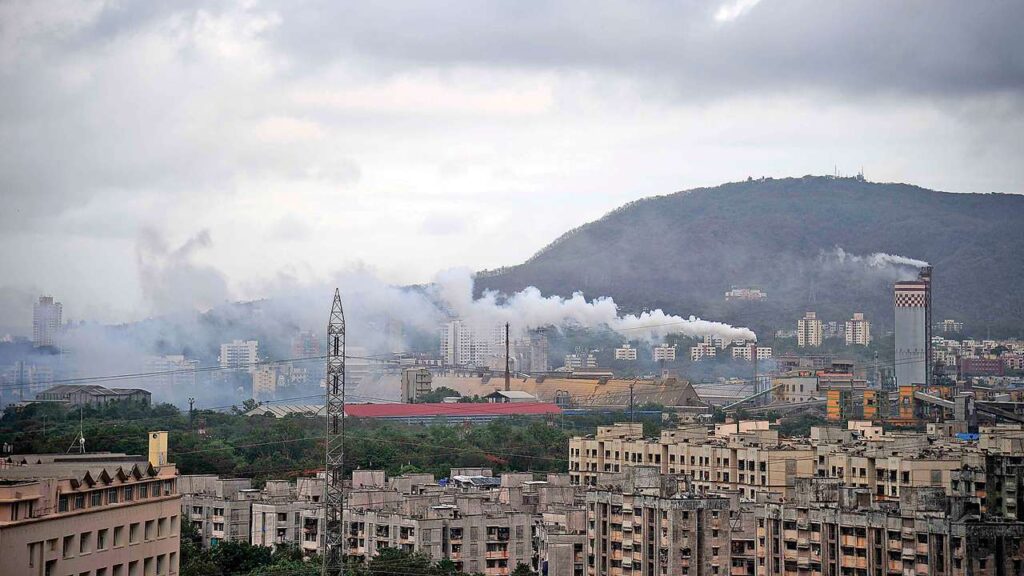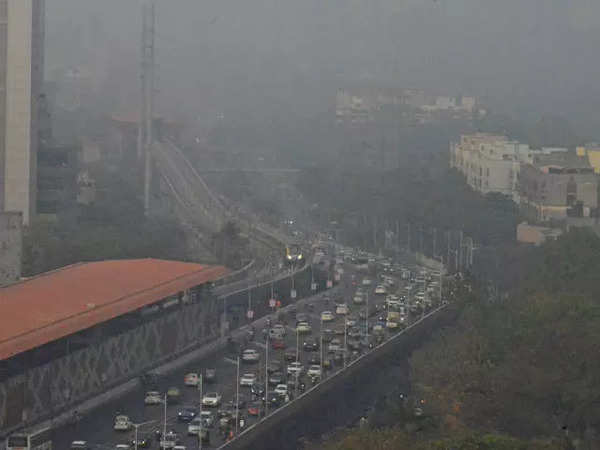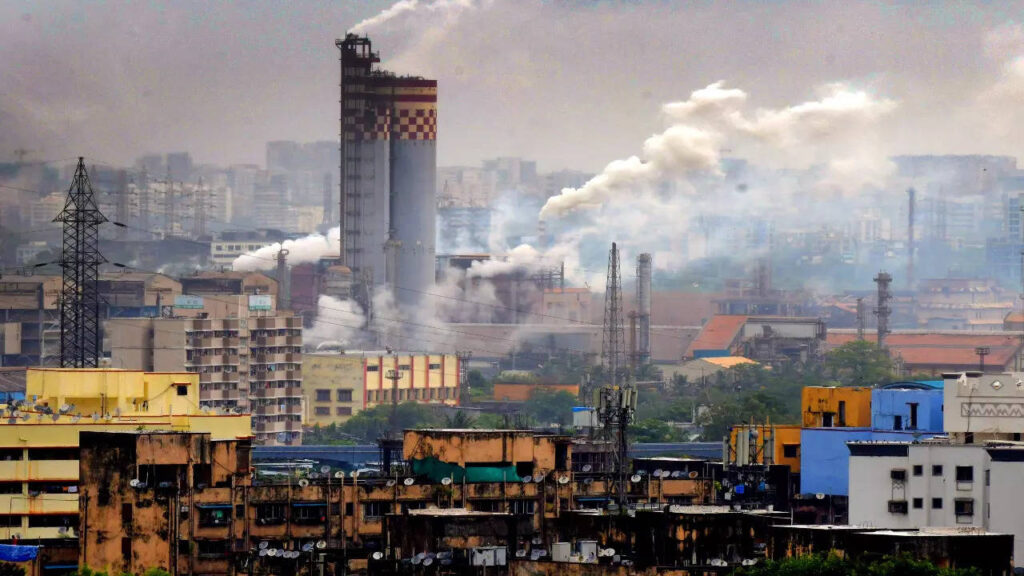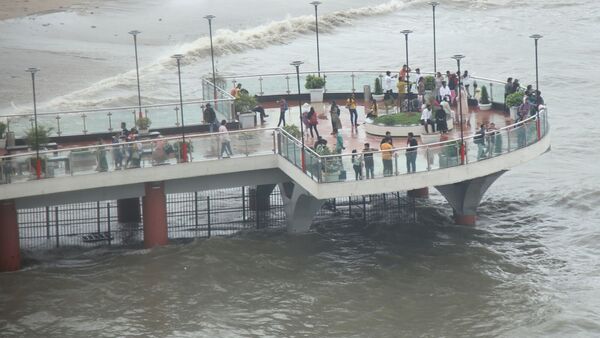
The Mumbai population, often referred to as the financial capital of India, is a city that never sleeps. With its bustling streets, iconic landmarks, and vibrant culture, it is no wonder that people from all over the country and the world are drawn to it. But behind the glitz and glamour lies a complex and ever-growing population. Gaining an understanding of Mumbai’s population dynamics is essential to appreciating the opportunities and challenges associated with living in such a densely populated urban area. Mumbai has 12,442,373 residents, but its urban and metropolitan areas are home to 18,394,912 people.

Historical Background: Mumbai population
Early Settlement and Growth
Mumbai’s history began when it was a collection of seven islands home to the Koli fishing community in the second century BCE. Over centuries, these islands were united through land reclamation projects, paving the way for the city’s growth. Important turning points in its development were the arrival of the Portuguese in the sixteenth century and the British in the seventeenth century.
Impact of British Colonial Rule
During British colonial rule, Mumbai (then Bombay) transformed into a major port city. The establishment of railways, textile mills, and other industries attracted a massive influx of workers from across the country, significantly boosting the population.
Post-Independence Population Surge
Post-independence, Mumbai’s population continued to grow exponentially. The city emerged as a commercial and entertainment hub, further attracting people in search of better job opportunities and living standards.
Geographical Context
Location and Size
Situated on the west coast of India, Mumbai covers an area of approximately 603 square kilometers. Its strategic coastal location has been instrumental in its development as a major trade and commerce center.
Mumbai’s Topography and Its Impact on Population Distribution
Mumbai’s topography is characterized by a mix of hilly terrain, reclaimed land, and coastal areas. This diverse landscape has influenced the uneven distribution of its population, with dense clusters in certain regions and less-populated areas in others.
Population Growth Over the Decades
Population Statistics from the 1950s to the Present
In the 1950s, Mumbai’s population was around 3 million. By 2021, it had soared to over 20 million, making it one of the most populous cities in the world. This rapid growth is attributed to several factors, including migration, natural population increase, and urbanization.
Major Factors Contributing to Growth
Key drivers of population growth in Mumbai include industrialization, economic opportunities, and the city’s role as a cultural and educational center. The promise of a better life continues to draw people from rural areas and smaller towns.
Migration Patterns
Rural to Urban Migration
A significant portion of Mumbai’s population growth can be attributed to rural-to-urban migration. People from various states in India migrate to Mumbai in search of employment, education, and improved living conditions.
International Migration
Mumbai also attracts a substantial number of international migrants, including expatriates and skilled professionals, contributing to its cosmopolitan demographic.
Push and Pull Factors
The primary push factors include a lack of employment opportunities and inadequate living conditions in rural areas. Pull factors encompass Mumbai’s diverse job market, better healthcare and educational facilities, and the promise of a higher standard of living.
Demographic Composition
Age Distribution
Mumbai has a relatively young population, with a significant proportion of residents under the age of 35. This youthful demographic is a vital asset to the city’s workforce and economic growth.
Gender Ratio
The gender ratio in Mumbai is slightly skewed, with approximately 860 females for every 1,000 males, influenced by migration patterns where males predominantly migrate for work.
Ethnic and Religious Diversity
Mumbai is a melting pot of ethnicities and religions. The city is home to diverse communities, including Marathis, Gujaratis, North Indians, South Indians, and people from various other regions. It also hosts followers of major religions such as Hinduism, Islam, Christianity, and Buddhism, creating a rich cultural tapestry.
Economic Impact
Employment Opportunities and Job Market
Mumbai’s economy is diverse, encompassing finance, entertainment, IT, textiles, and manufacturing sectors. The city offers a plethora of employment opportunities, making it a major job market.
Contribution to India’s GDP
As the financial hub of India, Mumbai significantly contributes to the nation’s GDP. It hosts the Bombay Stock Exchange, numerous multinational corporations, and key financial institutions. Mumbai has a US$140 billion GDP (gross domestic product), according to Niti Aayog. In 2022–2023, Maharashtra’s Gross State Domestic Product (GSDP) was roughly US$435 billion, or 12.92 percent of India’s GDP, to put things into perspective.
Informal Sector and Street Economy
Apart from the formal economy, Mumbai has a vast informal sector, including street vendors, small-scale industries, and daily-wage laborers. This sector plays a crucial role in the city’s economy, providing livelihoods to millions.
Urbanization and Infrastructure
Housing and Real Estate
The rapid population growth has led to a burgeoning real estate market. However, the high demand for housing has also resulted in skyrocketing property prices and a proliferation of slums.
Transportation Networks
Mumbai boasts a sophisticated public transport network that comprises local trains, buses, metros, and taxis. Despite this, the city faces significant challenges such as traffic congestion and overcrowded public transport.
Public Services and Amenities
The city’s public services, including healthcare, education, and sanitation, are under immense pressure due to the growing population. While there have been improvements, there is still a long way to go in terms of accessibility and quality.
Social Challenges
Poverty and Slums
One of Mumbai’s most pressing issues is the widespread poverty and the existence of sprawling slums. Over 40% of the population lives in slum areas, where access to basic amenities is limited. At 65.99%, Hinduism is the most popular religion in Mumbai. Islam is the second-most popular religion in Mumbai, with roughly 20.65% of the population practicing it. In Mumbai, Buddhism (4.85%), Sikhism (0.49%), Jainism (4.10%), and Sikhism (3.27%) rank after Christianity.
Healthcare and Education
The healthcare and education systems are struggling to keep up with the burgeoning population. Overcrowded hospitals and schools highlight the need for more robust infrastructure and resources.
Crime and Safety Concerns
With a large population comes increased crime rates and safety concerns. The Mumbai Police work tirelessly to maintain law and order, but the challenges are manifold.

Environmental Concerns
Pollution Levels
Mumbai grapples with high levels of air and water pollution, primarily due to vehicular emissions, industrial activities, and improper waste disposal.
Waste Management
Effective waste management remains a critical issue. Despite efforts by the municipal corporation, the sheer volume of waste generated daily poses a significant challenge.
Impact of Climate Change
Mumbai is highly vulnerable to the impacts of climate change, including rising sea levels and extreme weather events. Efforts are underway to enhance the city’s resilience and sustainability.
Government Policies and Initiatives
Housing Schemes
To address the housing crisis, the government has launched various schemes aimed at providing affordable housing and redeveloping slums.
Transportation Projects
Several ambitious transportation projects, such as the Mumbai Metro and the Coastal Road, are in progress to improve connectivity and reduce traffic congestion.
Efforts Towards Sustainable Development
The government is also focusing on sustainable development initiatives, including green spaces, renewable energy projects, and improving public transportation.
Cultural Aspects
Festivals and Traditions
Mumbai’s cultural diversity is reflected in its numerous festivals and traditions. From Ganesh Chaturthi to Eid, the city celebrates a myriad of festivals with great fervor.
Influence of Bollywood
Bollywood, the Indian film industry based in Mumbai, has a profound influence on the city’s culture. It shapes fashion, language, and lifestyle, making Mumbai synonymous with glamour and entertainment.
Cuisine and Lifestyle
Mumbai’s culinary scene is as diverse as its population, offering a blend of regional and international cuisines. The city’s street food, from vada pav to pav bhaji, is legendary.
Future Projections
Predicted Population Growth
Mumbai’s population is projected to continue growing, potentially reaching 28 million by 2035. This growth will pose significant challenges in terms of housing, infrastructure, and resources.
Future Challenges and Opportunities
While population growth presents challenges such as overcrowding and resource scarcity, it also offers opportunities for economic development, cultural exchange, and innovation in urban planning.

Case Studies
Dharavi: Asia’s Largest Slum
Dharavi, located in the heart of Mumbai, is one of the largest slums in Asia. Despite the challenging living conditions, it is a hub of small-scale industries and entrepreneurship, contributing significantly to Mumbai’s economy.
Navi Mumbai: Planned Urban Expansion
Navi Mumbai was developed as a planned city to decongest Mumbai. It offers better infrastructure, green spaces, and modern amenities, attracting a growing population and businesses.
Conclusion: The Mumbai population
Mumbai’s population dynamics are a testament to its role as a major economic and cultural center. Addressing these challenges requires innovative solutions in urban planning, infrastructure development, and social policies. As Mumbai continues to evolve, understanding its population dynamics will be key to creating a sustainable and inclusive future.







